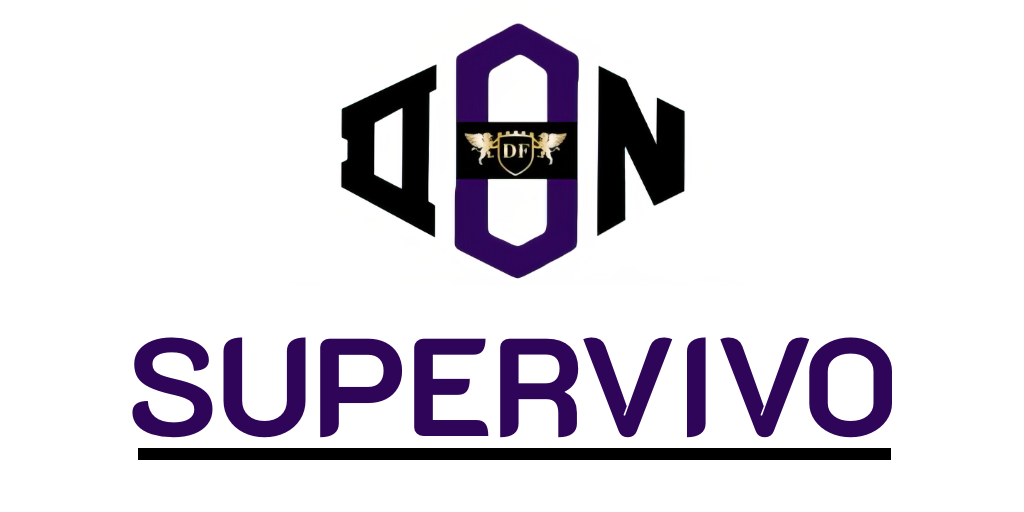The exploration of the role of movement in learning reveals a significant connection between physical activity and cognitive development. The significance of movement in cognitive development cannot be overstated; it serves as a catalyst for enhancing various learning processes. Studies consistently demonstrate that students who engage in regular physical activities not only perform better academically but also experience improved social skills and emotional well-being. By understanding the impact of physical activity on learning, educators can leverage movement as a powerful tool to elevate student engagement, motivation, and resilience in their academic pursuits.
Understanding the Link Between Movement and Learning
The connection between movement and learning permeates various educational philosophies. Recognising how physical activity enhances the educational experience is crucial. Movement-based learning integrates physical activities into teaching methods, fostering an environment that promotes engagement, excitement, and retention. This approach allows students to experience content in a multi-sensory manner, thereby anchoring their understanding more firmly.
Defining Movement-Based Learning
Movement-based learning embodies the concept of incorporating physical activities into traditional lessons. This innovative method transforms the role of movement in education, making it a pivotal aspect of the curriculum. By actively engaging learners, movement strategies for improved learning facilitate deeper connections with the material. Students become participants in their education rather than passive recipients, enhancing motivation and interest.
The Science Behind Movement and Cognitive Function
Scientific research shows a compelling link between movement and cognitive performance. Studies highlight that physical activity boosts the flow of oxygen to the brain, augments neurotransmitter release, and encourages neuroplasticity. Such enhancements correlate directly with academic achievement. The link between movement and learning outcomes demonstrates that integrating physical activities into educational strategies can yield significant benefits, influencing students’ abilities to comprehend and retain information more effectively.

What role does movement play in learning?
Movement is a powerful tool in the learning process. Engaging in physical activities enhances not only enjoyment but also effectiveness in educational settings. Movement-based learning approaches, such as stretching and dancing, create a dynamic atmosphere that fosters a deeper connection to the material. This interaction serves as a catalyst for increased engagement, positively impacting students’ ability to absorb information.
Enhancing Engagement Through Physical Activity
Physical activity is essential for maintaining interest in learning. Through active participation, students experience a shift in focus and revitalisation of their attentiveness. Some of the benefits of movement in learning include:
- Increased motivation in lessons.
- Enhanced focus during learning sessions.
- Stronger collaboration during group activities.
Incorporating movement into educational practices encourages an engaging environment where learners can thrive. This participatory approach directly correlates with the significance of movement in cognitive development, leading to improved educational outcomes.
Movement’s Impact on Memory Retention
The interplay between physical activity and cognitive function significantly affects memory retention. Research indicates that learners who engage in movement retain information more effectively than those who remain sedentary. Factors contributing to this effect include:
- Improved circulation and oxygen flow to the brain.
- Activation of neural pathways that support memory formation.
- Emotional connections formed through enjoyable activities.
Utilising movement-based learning approaches directly reinforces the idea that an active mind retains knowledge more efficiently. As students become physically engaged, the chances of retention improve dramatically, showcasing the profound benefits of movement in learning.
Benefits of Movement in Learning
The integration of movement into the learning process offers a wide array of benefits that can significantly enhance student performance. Regular physical activity not only fosters a healthy lifestyle but also plays a vital role in improving attention span and focus. When learners engage physically, they find it easier to concentrate, which is essential for absorbing and retaining information.
Improving Attention Span and Focus
Studies have shown a direct link between movement and improved cognitive performance. Engaging in physical activity enhances blood circulation, which increases oxygen flow to the brain. This boost leads to improved attention span and focus, allowing students to stay engaged with their tasks. Particularly in a classroom setting, incorporating short bursts of movement can reduce distractions and facilitate a more productive learning environment.
Stimulating Creativity and Problem-Solving Skills
Movement serves as a catalyst for stimulating creativity and problem-solving skills. Engaging in physical activities can activate areas of the brain responsible for creative thinking. Students who participate in movement prior to lessons often display heightened levels of innovation and out-of-the-box thinking. This dynamic approach not only enriches their academic pursuits but also prepares them for real-world challenges, reinforcing the positive impact of physical activity on learning.
Integrating Movement into the Classroom
Educators are increasingly recognising the importance of integrating movement into the classroom. By utilising effective movement strategies for improved learning, teachers can create an engaging and energising atmosphere. Here are some practical methods that educators can implement to foster an active learning environment.
Practical Movement Strategies for Teachers
Teachers can adopt various methods to seamlessly incorporate movement throughout their lessons:
- Introduce short, structured movement breaks lasting a few minutes between lessons to refresh students’ focus.
- Utilise interactive physical activities that align with curriculum content, enhancing comprehension while keeping students engaged.
- Incorporate technology-based movement games that encourage physical activity while reinforcing key learning objectives.
Creating a Dynamic Learning Environment
A classroom designed for movement can significantly boost student participation. Consider the following elements for creating a dynamic environment:
- Implement flexible seating arrangements that allow students to stand, move, or shift their positions easily.
- Create outdoor learning opportunities that inspire exploration and physical activity beyond traditional classroom walls.
- Establish inclusive spaces where all students feel comfortable participating in movement activities.
Movement-Based Learning Approaches
The implementation of movement-based learning approaches in education has the potential to revolutionise traditional teaching methods. By integrating physical activity into the learning process, educators can harness the role of movement in education to boost engagement and retention. Experiences that combine learning with active participation, such as outdoor education and experiential learning, create an environment where students not only absorb knowledge but also build important physical and cognitive skills.
One effective strategy for encouraging movement in the classroom is through activity-based learning, where interactive tasks promote both physical activity and cognitive development. This can include implementing dance and drama into lessons, allowing students to express themselves creatively while solidifying their understanding of core concepts. The significance of movement in cognitive development is evident as students experience heightened focus and stimulate their problem-solving abilities through dynamic participation.
As educators explore innovative practices that merge learning with movement, continual research and adaptation of these methodologies will be vital. By embracing movement-based learning approaches, teachers can create a more dynamic and enriching educational environment, ultimately fostering academic success for learners in the UK. It is essential to realise that movement is not merely an add-on to traditional education but a fundamental aspect that significantly impacts students’ overall growth and achievement.









